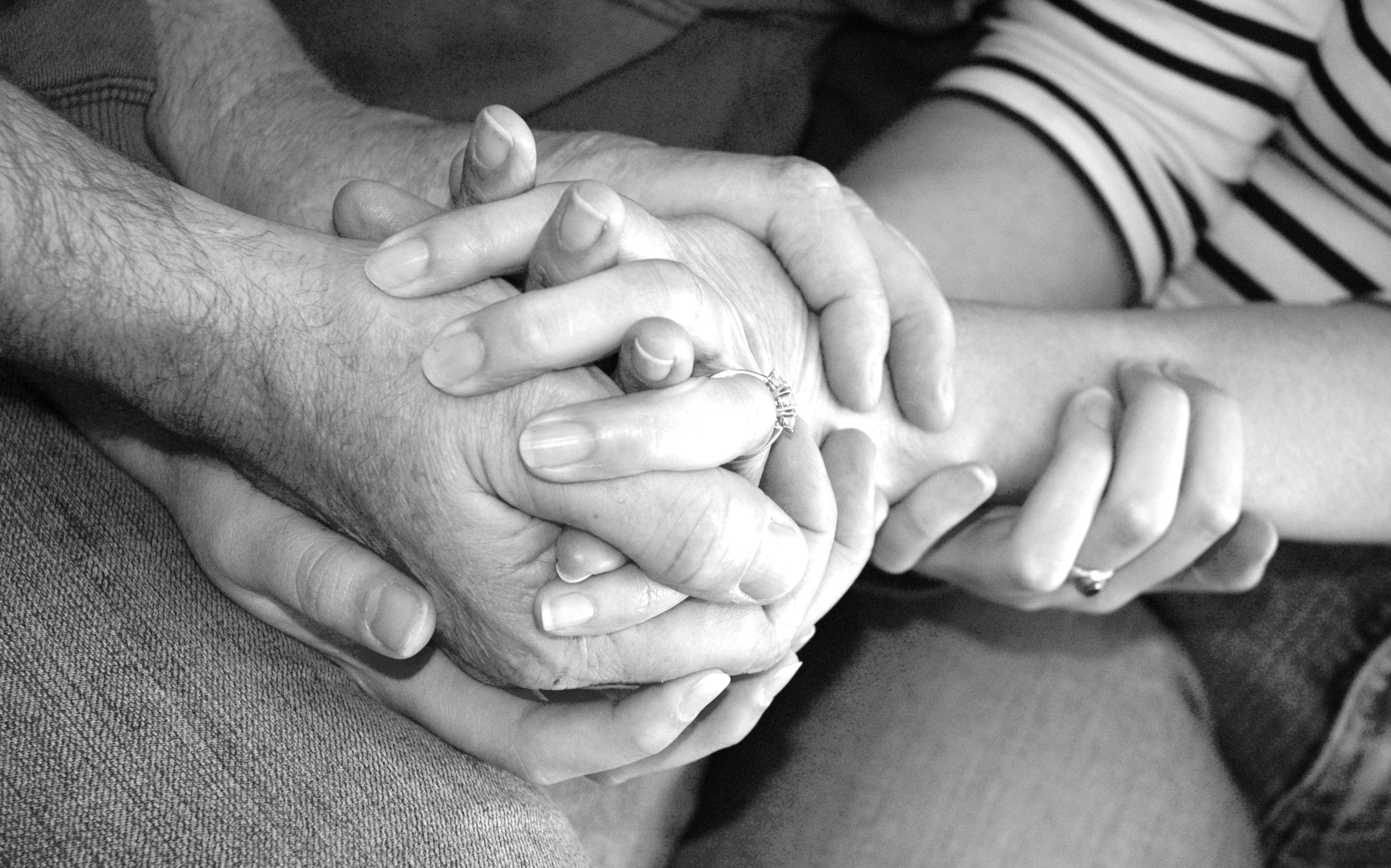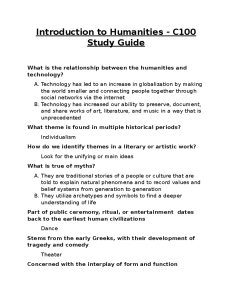Grief and loss are profound experiences that can leave us feeling utterly shattered, lost, and alone. The grieving process is unique for everyone, yet it often involves navigating through a whirlwind of emotions—from denial to anger, and ultimately, to acceptance. Dealing with loss is not just about mourning the absence of a loved one; it’s an intricate journey of healing after loss, where individuals must grapple with their pain and learn to cope with grief in their own way. This emotional landscape can vary widely, sometimes requiring solitude and other times, a community of support. Understanding this complex interplay of feelings is essential for anyone looking to find hope and resilience amid their darkest moments.
The concepts of sorrow and bereavement resonate deeply within the human experience, marking moments that challenge our very existence. In the face of such emotional upheaval, many find themselves on a path characterized by personal transformation and a quest for solace. The journey of mourning encompasses various stages, each reflecting the challenge of adjusting to life without someone cherished. Whether through reflection, remembrance, or reconnecting with supportive networks, individuals can cultivate their ability to heal. As we explore these themes, we acknowledge the profound impact that loss has on our identities and the ways we seek to reclaim joy after enduring pain.
Understanding the Grieving Process
The grieving process is a deeply personal journey that everyone experiences differently. It often involves a spectrum of emotions, from shock and disbelief to anger and sorrow. In the aftermath of a loss, individuals may find themselves feeling disoriented, much like Geraldine Brooks describes in her poignant reflection on her husband’s sudden death. It’s important to recognize that grief is not linear; it ebbs and flows, and may resurface unexpectedly, manifesting in various ways such as tears or even moments of joy when recalling fond memories. Understanding this can help those grappling with grief to navigate the emotional tumult.
Furthermore, it is crucial to understand the stages of grief as described in established models, such as Elizabeth Kübler-Ross’s five stages: denial, anger, bargaining, depression, and acceptance. These stages are not strict pathways but rather a guide to the complex feelings that may arise. For example, someone might oscillate between anger and despair while attempting to accept the reality of their loss. This cyclical nature of grieving emphasizes that healing after loss is not about moving on but rather about moving forward with the memory of the loved one.
Coping with Grief: Strategies for Healing
Coping with grief requires both patience and intention. Many find solace in connecting with others who have also experienced loss, as shared understanding fosters a supportive environment. Whether through informal support groups or professional counseling, these settings provide opportunities to express feelings openly without judgment. Realizing that grief is a universal experience can alleviate the sense of isolation that often accompanies loss. Geraldine Brooks’s story reminds us how vital it is to allow yourself the space and time to grieve – it is a critical step in healing.
Beyond interpersonal support, engaging in creative outlets can also serve as a powerful tool for processing grief. Artistic forms such as writing, painting, or music allow for emotional expression in ways that words sometimes cannot capture. As noted by Brooks in her decision to retreat to a remote island, sometimes solitude can foster deep reflection and understanding. The act of creating not only honors the memory of a loved one but also provides an avenue for healing, reinforcing the notion that grief can become a part of our life narrative rather than a hindrance.
Navigating Grief: Moments of Reflection
Navigating grief is an intricate dance of reflecting on cherished memories while also permitting oneself to feel the weight of loss. Geraldine Brooks poignantly illustrates this journey through her need to escape to a quiet place to truly process her husband’s death. Moments of reflection can often evoke profound realizations about life, love, and the relationships we’ve built. Embracing these moments allows for a deeper connection with the pain of loss, leading to an eventual acceptance and transformation of that pain into a loving memorial.
During these reflective moments, it is essential to recognize the lessons learned through loss. Each memory of a loved one can prompt recollections of shared laughter, dreams, or support during difficult times. As Brooks contemplates her relationship with Tony, she begins to understand that embracing her grief honors his life and their love. Navigating these reflections can offer clarity and renewed purpose in life, encouraging one to carry forward the essence of those we’ve lost, ultimately guiding us on our healing journey.
Dealing with Loss: The Personal Journey
Dealing with loss is a profoundly personal experience that often challenges one’s understanding of mortality and existence. Each loss presents unique hurdles that require individual processing strategies. Geraldine Brooks’s narrative epitomizes this journey, highlighting how each person must grapple with the disbelief and intensity of grief in their own distinct way. Recognizing that dealing with loss varies for everyone creates a more compassionate understanding of the grieving process.
Additionally, incorporating routines that include moments of remembrance can be beneficial in dealing with loss. This may involve setting aside time to speak about the deceased, participate in commemorative acts, or even engage in rituals that allow for expression of grief. These practices not only help in acknowledging the loss but also facilitate emotional healing. By seeing grief as a journey rather than an endpoint, individuals can learn to coexist with their sorrow while finding joy in remembrance.
Healing After Loss: Finding Closure
Healing after loss does not imply forgetting; rather, it involves finding semblance and closure. Geraldine Brooks’s emotional odyssey serves as a testament to the gradual acceptance of her husband’s absence. Healing can occur in waves and often involves revisiting memories, addressing feelings, and allowing oneself to be vulnerable. By confronting pain rather than circumventing it, individuals can cultivate a pathway to healing that honors their loved one’s legacy.
In seeking closure, it’s also important to remain open to the transformation grief brings to one’s life. As time passes, many find that their relationship with grief evolves, shifting from overwhelming sorrow to an appreciation of the time shared with their loved one. Closure can be found in embracing change and forging a new identity, one that respects the past while also welcoming new experiences. Ultimately, healing from loss is not about erasing memories but rather integrating them into the tapestry of one’s life.
The Importance of Community in Grieving
The role of community in the grieving process cannot be overstated. In times of loss, coming together with supportive friends, family, or support groups can create a network that enables shared healing. For Geraldine Brooks, community might offer connection and understanding during her moments of intense sorrow. Engaging in dialogue may not only foster emotional relief but also cultivate a sense of solidarity among the grievers.
Moreover, community can provide critical resources and tools to aid in coping with grief. Workshops, memorial events, and gatherings can help individuals feel less isolated as they navigate their emotions. The collective experience of mourning reinforces the notion that while loss is profoundly personal, it is also a shared human experience. By leaning on one another, we can collectively honor our loved ones while learning to cope with our grief.
Rituals and Remembering: Honoring Those We Lose
Rituals play a vital role in the grieving process, offering a structured way to remember and honor those we’ve lost. In her writing, Geraldine Brooks reflects on the importance of creating memorial days to celebrate her husband’s life even amid sorrow. Rituals can take many forms, from annual gatherings and momentary remembrances to physical memorials, and they serve the purpose of bringing closure while celebrating a loved one’s legacy.
Incorporating rituals into your grieving process can facilitate healing by providing a sacred space to express emotions openly. Whether lighting a candle, sharing stories, or creating a personalized tribute, these acts of remembrance forge connections to our past while allowing the grieving heart to express itself. Rituals not only allow for catharsis but also for transformation as we navigate through our grief, ultimately leading to acceptance of our new reality.
Finding Strength in Vulnerability
Finding strength in vulnerability is a powerful concept that emerges during the grieving process. For many, including Geraldine Brooks, embracing vulnerability allows individuals to express their true emotions without fear of judgment. The act of sharing one’s grief can lead to unforeseen connections and support, as it reminds others that they are not alone in their suffering. Acknowledging personal pain often invites others to share their experiences, creating a shared space of healing.
Allowing oneself to be vulnerable is crucial for coping with grief and ultimately leads to resilience. When individuals step into their vulnerability, they open the door to healing by processing feelings rather than burying them. This journey towards strength often manifests through honest conversations, creative expressions, and communal support. In doing so, we honor our loved ones while simultaneously taking courageous steps toward our healing.
The Interplay of Hope and Grief
The interplay of hope and grief is a complex dance experienced by those mourning the loss of a loved one. While grief often dominates the narrative, showcasing pain and longing, hope can emerge as a gentle flicker amidst the sorrow. Geraldine Brooks’s reflections highlight this complexity as she navigates her emotions. Hope does not dismiss grief; instead, it intertwines, suggesting that it is possible to feel both deep sorrow and moments of light simultaneously.
Learning to embrace hope in grief involves recognizing the potential for future joy while honoring the past. It can manifest in the desire to share stories, celebrate milestones, or carry forward the values instilled by the deceased. By tapping into this hope, individuals can redefine their relationship with their loss, ultimately finding a path toward acceptance and renewed purpose. Grief may feel all-consuming, but allowing hope to exist alongside it can create a balance that nurtures the healing process.
Frequently Asked Questions
What is the grieving process and how long does it take?
The grieving process involves a range of emotional responses to loss, including denial, anger, bargaining, depression, and acceptance. This process is unique for each individual and can take months or years, depending on personal factors such as the relationship to the deceased and the circumstances of the loss.
How can I cope with grief after losing a loved one?
Coping with grief involves allowing oneself to feel the sadness and pain that accompanies loss. It’s important to express emotions, utilize support systems, engage in self-care, and perhaps seek professional help if needed. Activities such as journaling, therapy, and support groups can provide beneficial outlets for healing after loss.
What are some suggested strategies for healing after loss?
Healing after loss can be approached through various methods: talking about your feelings with trusted friends or professionals, honoring the memory of the deceased through rituals or anniversaries, and permitting yourself to grieve actively by exploring emotions through art, nature walks, or journaling.
What are the stages of dealing with loss, and can they be skipped?
The stages of dealing with loss typically include denial, anger, bargaining, depression, and acceptance. While many people may experience these stages in a linear fashion, it’s common to move back and forth between them. Skipping stages is possible, but it may prolong the grieving process as unresolved feelings could resurface later.
How do I help someone who is navigating grief?
When helping someone navigating grief, be present, listen actively, and provide emotional support without pressuring them to move on. Encourage them to share memories and feelings, and offer practical help, like running errands or cooking meals, to alleviate some of their daily burdens during such a difficult time.
| Key Points |
|---|
| Geraldine Brooks discusses her experience of grief after losing her husband, Tony Horwitz. |
| Tony Horwitz died unexpectedly while promoting his book. |
| Brooks recounts the shock and disbelief of receiving the news of her husband’s death. |
| She describes the struggle to accept the loss and the lack of support she faced at that moment. |
| Brooks highlights the importance of taking time to grieve and the societal pressures against it. |
| The author reflects on the need to honor the love lost through adequate grieving. |
| Brooks plans a retreat to Flinders Island to confront her grief and honor her husband’s memory. |
Summary
Grief and loss are profound experiences that shape our reality and challenge our perceptions of life. In her poignant narrative, Geraldine Brooks illustrates the deep anguish of losing her husband, Tony Horwitz, and the often isolating journey through grief. Brooks emphasizes the necessity of embracing grief, advocating for the time and space needed to truly mourn and honor the love that has been lost. She reminds us that, despite societal pressures to appear ‘normal,’ the process of grieving allows us to reflect on our emotions and the significance of our relationships. As such, we must acknowledge our grief and give ourselves permission to feel, remember, and heal.




